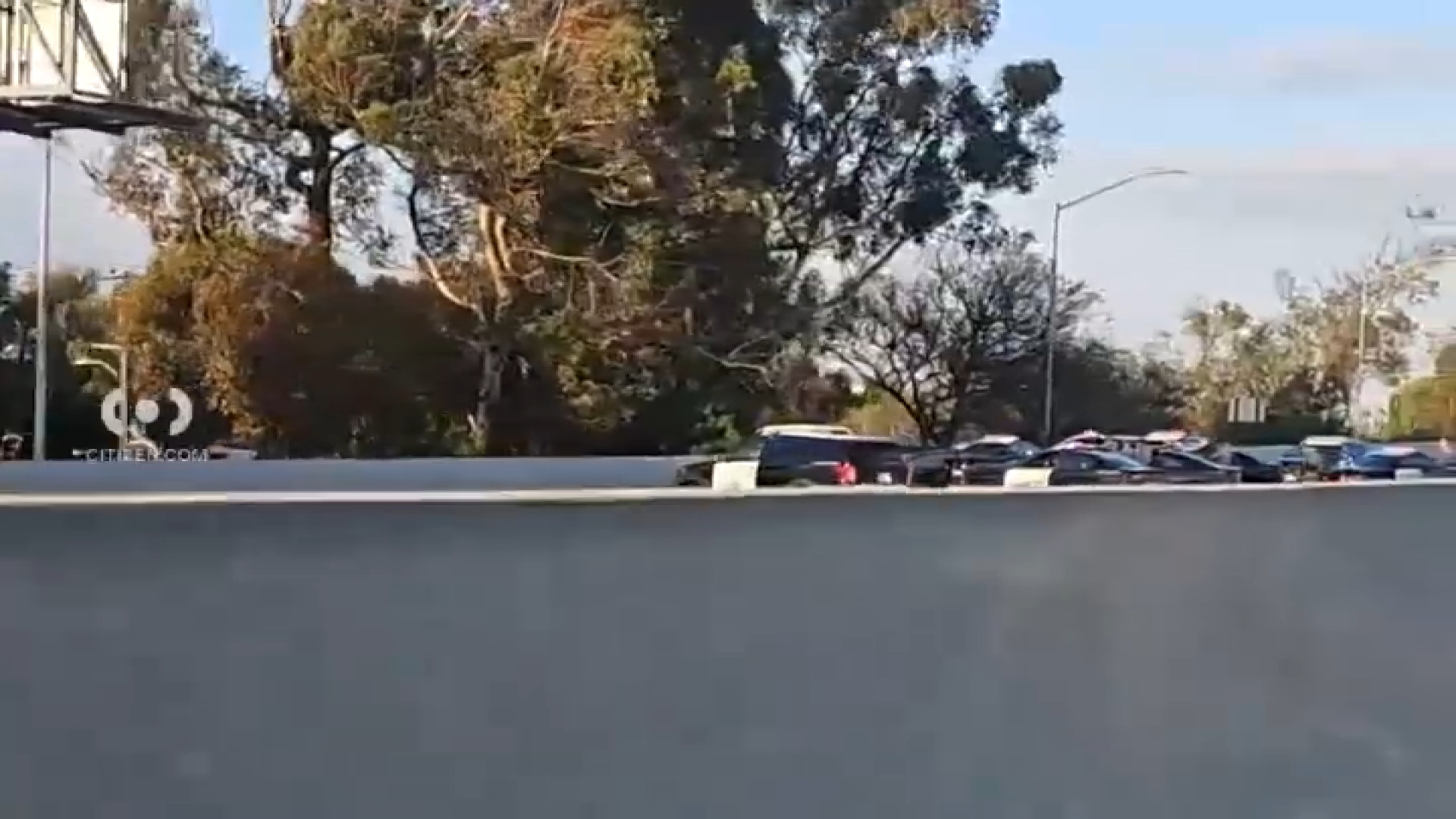After the massive power outages in Southern California Edison's service area during a 2011 windstorm, a state-ordered study of Edison's power poles has found that nearly one in four of the company's power poles do not meet standards intended to safeguard against failure or collapse.
The report presented to state regulators found that 22.3 percent of the poles sampled are substandard or overloaded. In a system of almost 1.5 million, that scales up to more than 300,000 poles that may have problems. Fixing and repairing them is projected by Edison to take as long as a decade, and cost more than a billion dollars, according to Edison spokesman David Song.
Whether this will have an effect on electricity rates paid by Edison's 4.9 million customers is not yet known. Many of the poles in the system date back to post World War II, the company said.
With the emergence of new technologies over the decades, additional equipment for Telecom, wireless and cable has been added.
"Some of the poles are carrying a heavier load, so assessing and fixing those that do not meet today's safety standards is crucial," reads in part a statement issued by Song.
The report was requested by the California Public Utilities Commission (CPUC) in the wake of the massive power outages that resulted from downed power poles during the windstorm that struck the eastern San Gabriel Valley on Nov. 30, 2011.
At one point, more than 200,000 homes were without electricity, the majority of them in Edison's service area. A follow-up investigation determined that 20 of the poles "that either failed or were damaged" during the windstorm did not meet "safety factor requirements," according to a report issued this past January by the CPUC's Consumer Protection and Safety Division.
Local
Get Los Angeles's latest local news on crime, entertainment, weather, schools, COVID, cost of living and more. Here's your go-to source for today's LA news.
Edison jointly owns the poles with a telecom industry group known as Communication Infrastructure Providers (CIP).
Edison and CIP were found to have "violated...General Order (GO) 95 safety factor requirements," the January report reads. The investigation discovered that some of the failed wooden poles had been weakened by termite, woodpecker, dry rot, and fungus damage.
The report focused on so-called "non-engineered" poles, not the major steel structures that carry major transmission lines. The windstorm was not the first time the substandard condition of utility poles in the Edison system was found to have been a factor in a failure with significant repercussions.
The cause of the October, 2007 Malibu Canyon fire that burned 15 homes was determined to be downed power lines from three poles that fell to the ground during strong Santa Ana winds.
During a CPUC investigation, Edison acknowledged that one of those poles was "overloaded...due to the facilities that were attached to the pole by another utility," according to a proposed decision by Administrative Law Judge Timothy Kenney.
Under the terms of the settlement agreement published Aug. 16 and yet to be approved by the CPUC, Edison would pay a total of $37 million, including a $20 million fine and $17 million to assess utility poles in the Malibu area.
The settlement specifies that the cost is to be borne by Edison's shareholders and not to be recovered from rates charged electricity customers. Edison indicated it intends to file written comment on the proposed decision by the Sept. 5 deadline.
The proposed settlement amount is dwarfed by the projected cost of assessing the poles in the rest of Edison's 50,000 square mile service area.
The $1.1 billion estimate is for only three years of a program with an assessment period expect to last seven years, and remediation as long as a decade, according to Song.
Edison did not comment on how this will be funded. Under Edison's proposed "Pole-Loading Inspection Program," 35,000 problem poles will be fixed or replaced each year.
"That's going to be a massive job," said Rep. Adam Schiff (D-Burbank), much of whose 28th Congressional District was affected by the 2011 windstorm and power outages. "And we'd like to have that soon, so we don't have another mass outage."
The revelation of Edison's power pole expenses comes at a time of uncertainty over the extent of additional cost stemming from the preliminary closure of the San Onofre Nuclear Generating Station, which had been the largest source of power in Edison's system until issues with leaking steam generators forced the reactors to be shutdown in January 2012.
This June, Edison announced its intention to decommission the facility. At Monday's close of New York Stock Exchange trading, Southern California Edison's parent company, Edison International, EIX, closed $46.59/share, down $0.39 for the day.
More Southern California Stories:



